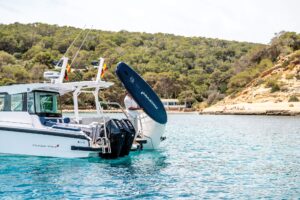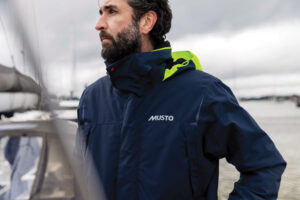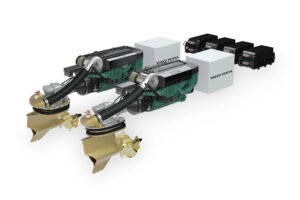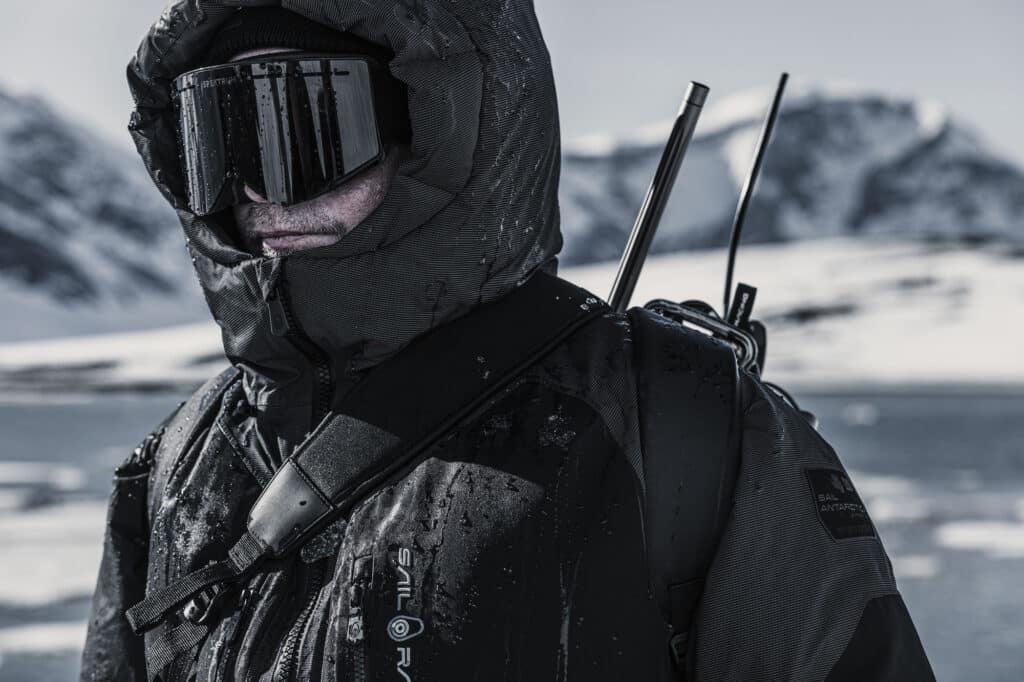
Allied Feather + Down is not a company that most boaters know, but it plays a role in many of the brands that boaters buy. The California-based firm sources the materials that go into products sold by Vineyard Vines, Under Armour, Sail Racing and more. If you like the way a particular jacket stays warm but not too hot, materials from Allied Feather + Down may be at least part of the reason.
Since about 2010, the company has been trying to solve the problem of down having a bad relationship with water. “For boating and water sports in general, down has always been considered not applicable because of the high levels of moisture, from rain to humidity,” says Creative Director Matthew Betcher. “So even with a brand like Helly Hansen, it’s never something we really saw in their boating pieces until recently, where we can start to develop solutions for that problem.”
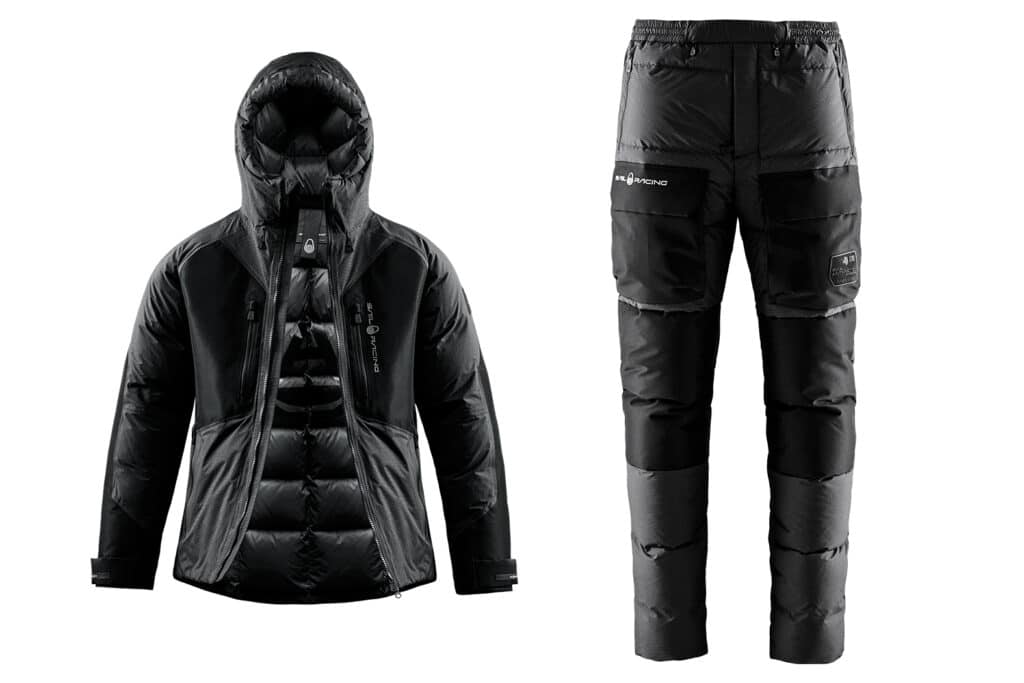
That solution is called ExpeDry. The idea is that instead of making water bead up on the outside, or shell, of a product, such as a jacket, ExpeDry will fight the water from within.
Think about how a down jacket or blanket has baffles, which are the squares that look kind of like a quilt. Inside each one of those baffles is what Betcher calls an insulation chamber. His team worked with a technology called FUZE to create tiny gold particles that permanently bond to the down inside the insulation chamber, creating an electrostatic barrier that stops, say, humidity from condensing into water.
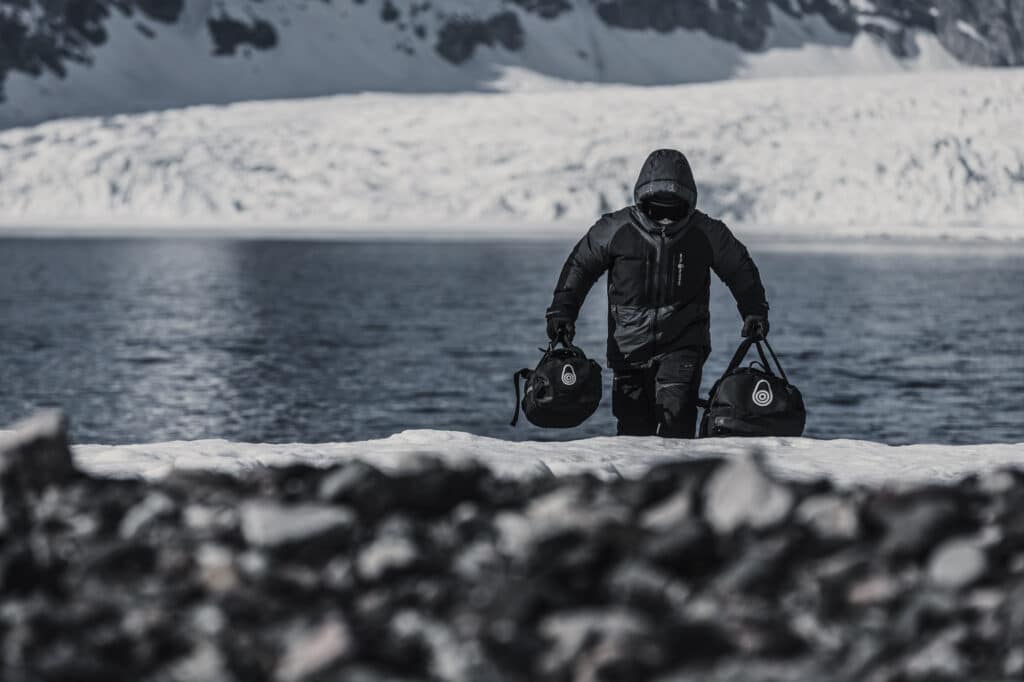
“What would happen without it in a down blanket, for example, is that humidity would continue to be picked up by the down, and it would grow mold, lose loft, just get gross,” he says. “It will never really have a chance to dry out. What this does is help keep that down dry. It keeps the whole inside of the blanket drier.”
ExpeDry also makes it possible to hang a down product on a line and have it actually get dry without the need for a home-type, heat-based dryer—a boon for boaters who otherwise have no way to dry those products. “In a laundry situation, it helps the product dry over 50 percent faster,” he says. “Those comforters can take hours to dry properly. This saves a tremendous amount of time and energy.”

